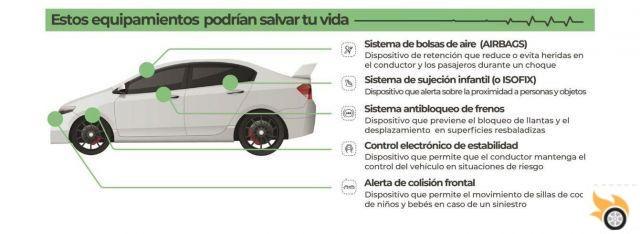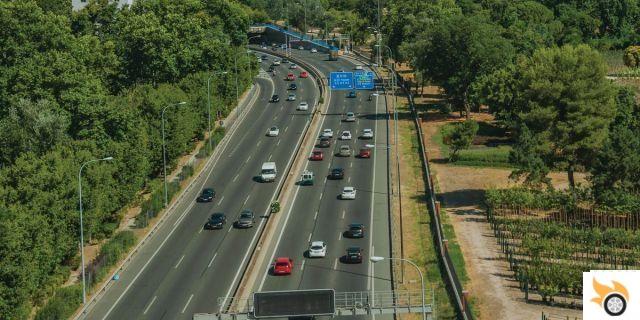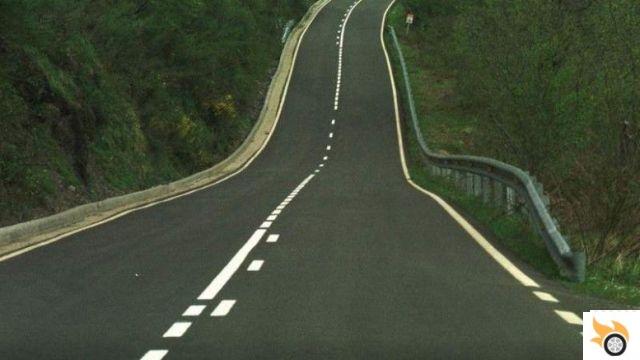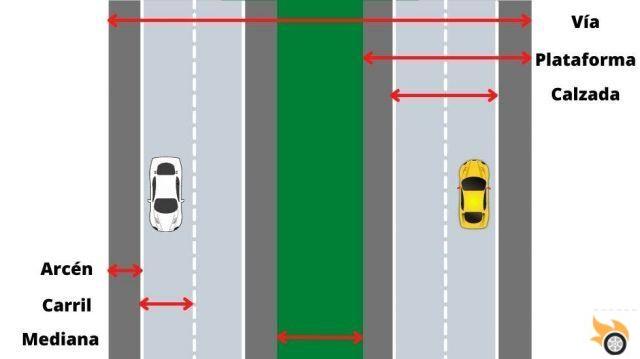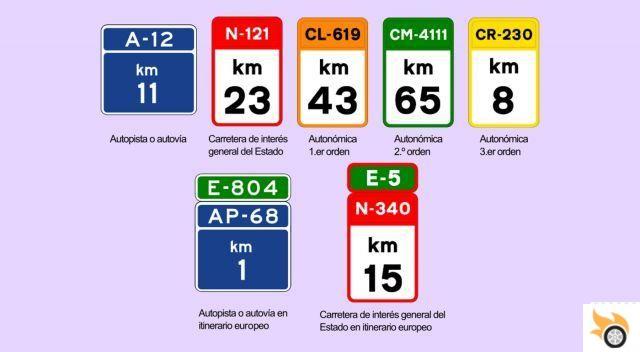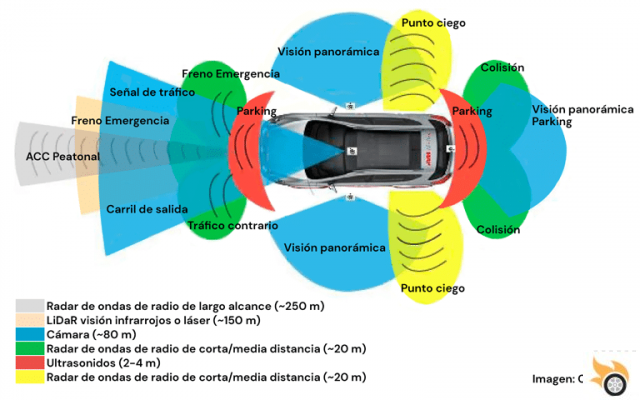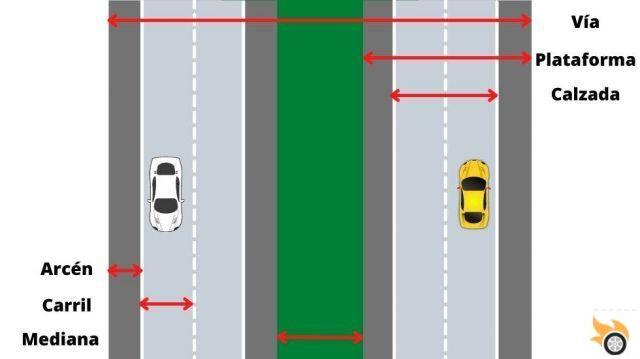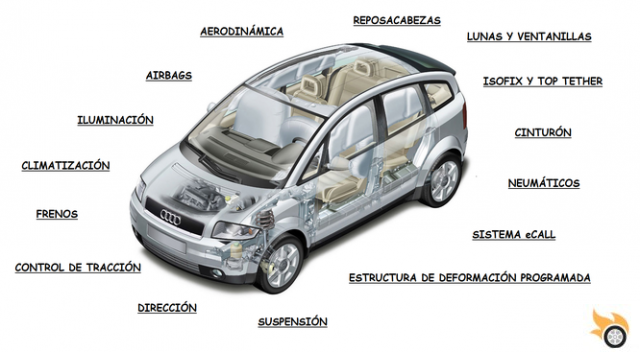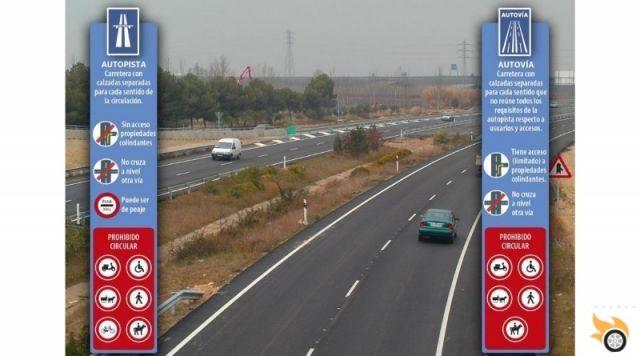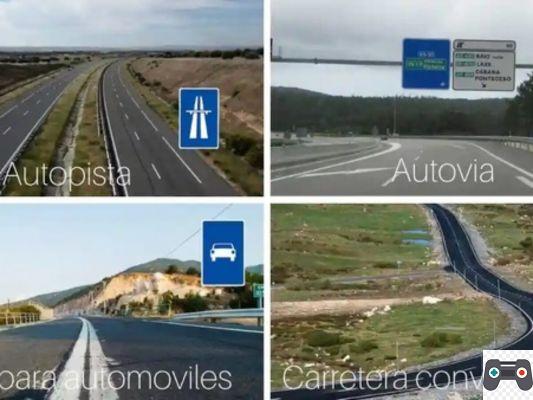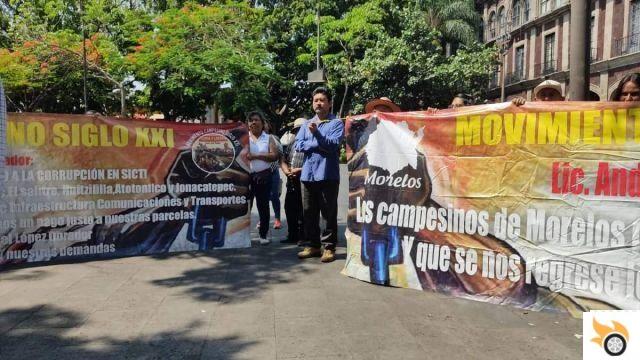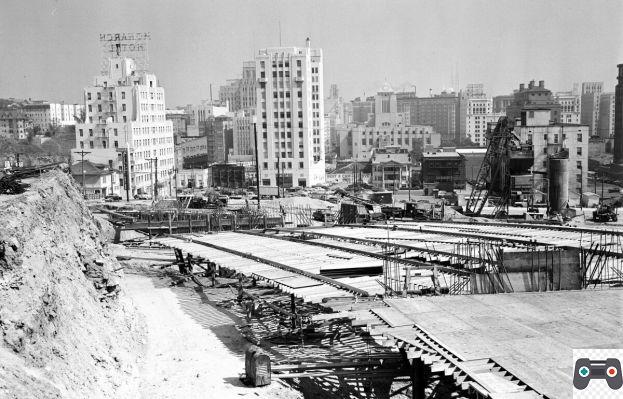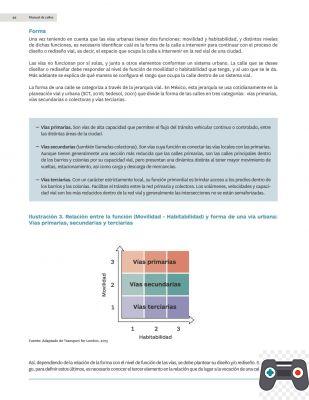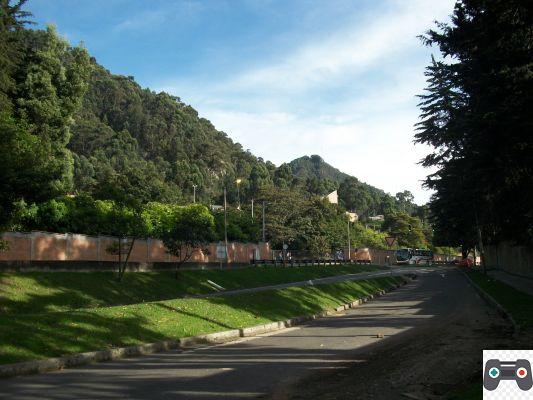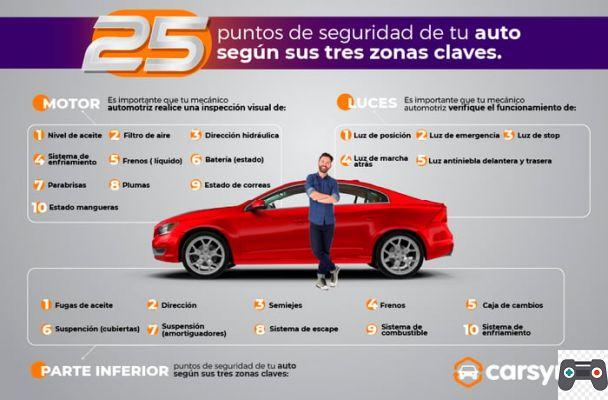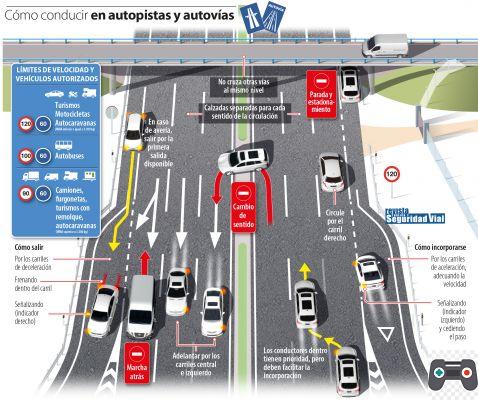
Welcome to Pistonudos.com, where today we are going to talk about the differences between motorways and dual carriageways in Spain. These two terms are commonly used to refer to expressways in our country, but do you really know what are the characteristics that differentiate them? In this article, we will provide you with all the information you need to know on this topic.
What is a highway?
Let's start by defining what a highway is. A highway is a highway of high capacity and speed, designed for long-distance traffic. It is characterized by having a straight layout, without level crossings, and by having physical separation between the traffic lanes. In addition, highways often have a toll that drivers must pay to use them.
In Spain, highways are identified by the letter AP followed by a number. Some examples of motorways in our country are the AP-7, which runs along the Mediterranean coast, and the AP-6, which connects Madrid with the northwest of the peninsula.
And what is a highway?
On the other hand, a highway is a road with high capacity and speed, similar to a highway, but with some important differences. Unlike motorways, dual carriageways do not usually have tolls and are usually designed for regional or intercity traffic.
Highways also have physical separation between traffic lanes and usually have a straight line, although sometimes they may have more pronounced curves than motorways. In Spain, highways are identified by the letter A followed by a number. Some examples of highways in our country are the A-4, which connects Madrid with Andalusia, and the A-2, which connects Madrid with Barcelona.
Main differences between motorways and dual carriageways
Now that we know the definitions of both terms, let's see what are the main differences between motorways and dual carriageways in Spain:
1. Tolls
One of the most notable differences between motorways and dual carriageways is the presence of tolls. While motorways often have tolls that drivers must pay to use them, expressways are free. This means that you can drive on the highways without having to pay any type of fee.
2. Type of traffic
Another important difference is the type of traffic for which these roads are designed. Highways are designed for long-distance traffic, that is, for those drivers who travel long distances and need to quickly reach their destination. On the other hand, highways are designed for regional or interurban traffic, that is, for those drivers who travel between nearby cities or regions.
3. Top speed
In general, motorways tend to have a higher maximum speed limit than expressways. While on motorways the maximum speed can reach 120 km/h, on highways the maximum speed is usually 100 km/h. However, it is important to note that these speeds may vary depending on road conditions and traffic signs.
4. Access
Motorways usually have limited access, that is, they can only be accessed through certain entry and exit points. On the other hand, highways tend to have more frequent accesses, which makes it easier for vehicles to enter and exit at different points along the road.
Frequently Asked Questions (FAQs)
1. Can I drive on a highway without paying the toll?
No, to drive on a motorway it is necessary to pay the corresponding toll. The amount of the toll may vary depending on the distance traveled and the type of vehicle.
2. What is the difference between a dual carriageway and a conventional road?
The main difference between a highway and a conventional highway is the presence of physical separation between the lanes of traffic on highways. In addition, highways usually have a higher maximum permitted speed than conventional roads.
Conclusion
In summary, motorways and dual carriageways are two types of expressways used in Spain. While motorways are designed for long-distance traffic and usually have tolls, dual carriageways are free and are designed for regional or intercity traffic. In addition, motorways usually have a higher maximum speed limit than expressways. We hope this article has clarified all your doubts on this subject.
If you have any additional questions or want to share your experience about motorways and dual carriageways in Spain, feel free to leave a comment below. We would love to hear your opinion!
Until next time!




